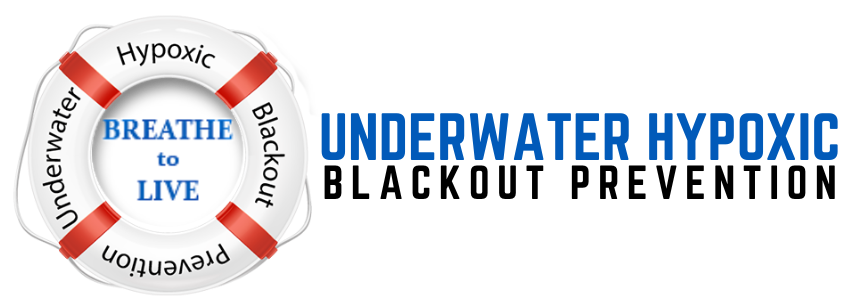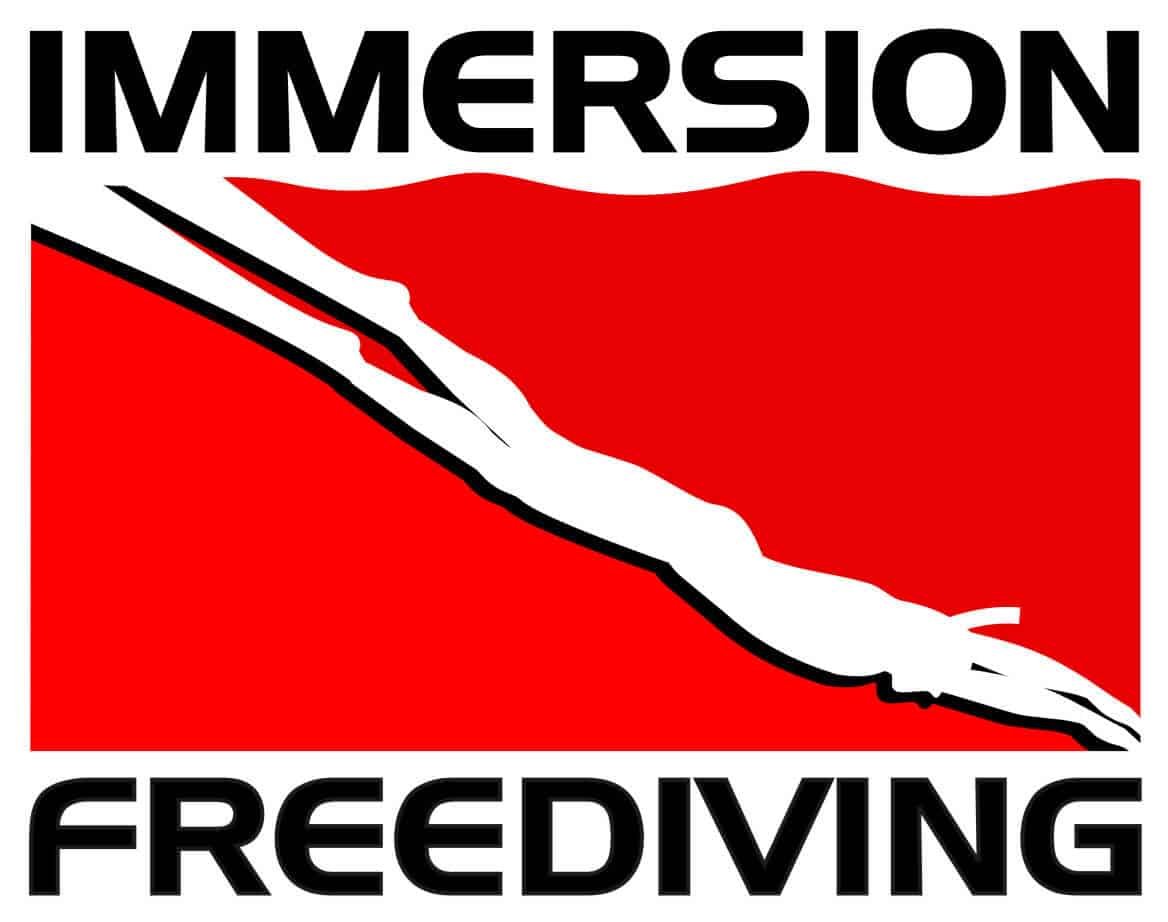We highly recommend the Freediving Safety courses from Ted Harty at Immersion Freediving.
Freedive Safely
Dive with an evenly matched buddy, and conform to the level of the least capable diver.
Weight yourself correctly (positively buoyant at surface) even after exhalation.
Do not hyperventilate to excess.
One up/ One down – diving with constant visual contact. When conditions allow each diver should have a flag.
Maintain close, direct supervision of any freediver for no less than 30 seconds after he surfaces.
Make your minimum surface interval twice the duration of your dive time.
Do not take every dive to its limit. Maintain a reserve.
Review, practice and discuss how to recognize and handle blackouts and near blackouts.
Rescue Skills
Get victim to surface immediately. Establish positive buoyancy for the both of you.
For a witnessed blackout; remove mask and snorkel, blow on face-eyes, stimulate face with a few taps, vocalize encouragement to breathe, otherwise open the airway and begin immediate rescue breathing. 1 breath every 5 seconds
Get victim to land or boat ASAP, manage ABCDs (airway-breathing-circulation-deadly bleeding) start CPR with O2, 30 compression to 2 ventilations, as needed.
If evacuation from water is prolonged, monitor Airway & Breathing and provide rescue breathing (1 breath every 5 sec.) during transport if needed.
Seek help from EMS (emergency medical services) 911, or hail the Coast Guard on Channel 16 on VHF radio.
After a SWB, STOP diving and immediately seek medical evaluation.
Deep water blackout occurs as the surface is approached following a breathe-hold dive of over ten meters and typically involves deep, free-divers practicing dynamic apnoea depth diving usually at sea. The immediate cause of deep water blackout is the rapid drop in the partial pressure of oxygen in the lungs on ascent. Shallow water blackout only occurs where all phases of the dive have taken place in shallow water where depressurization is not a factor and typically involves dynamic apnoea distance swimmers, usually in a swimming pool. The primary mechanism for shallow water blackout is hypocapnia brought about by hyperventilation prior to the dive.
Please refer to Divewise.org for more information.


